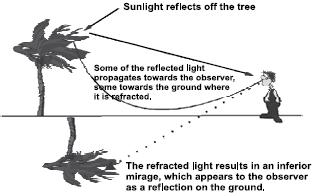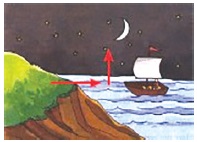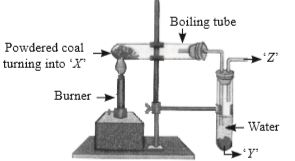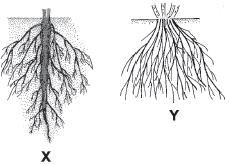Subject :NSO Class : Class 8
Subject :NSO Class : Class 4
Ans 6:
Class : Class 10
please mention the phrase for piercing teeth with the detail solutions not just the answers please make these changes
Post Your Answer
Subject :NSO Class : Class 4
Post Your Answer
Subject :NSO Class : Class 4
Post Your Answer
Subject :NSO Class : Class 8
Post Your Answer
Subject :NSO Class : Class 8
Post Your Answer
Subject :NSO Class : Class 8
Post Your Answer
Subject :NSO Class : Class 8
When sound wave travels from air into water, how do the frequency, wavelength and speed changes?
| Frequency | Wavelength | Speed | |
| A | No change | Decreases | Decreases |
| B | Increases | No change | Decreases |
| C | No change | Increases | Increases |
| D | Increase | No change | Increase |
Ans 4:
Class : Class 9
Speed of light in water is less as compared to that of air as water is optically denser than air.
Post Your Answer
Subject :NSO Class : Class 4
Post Your Answer
Subject :NSO Class : Class 6







